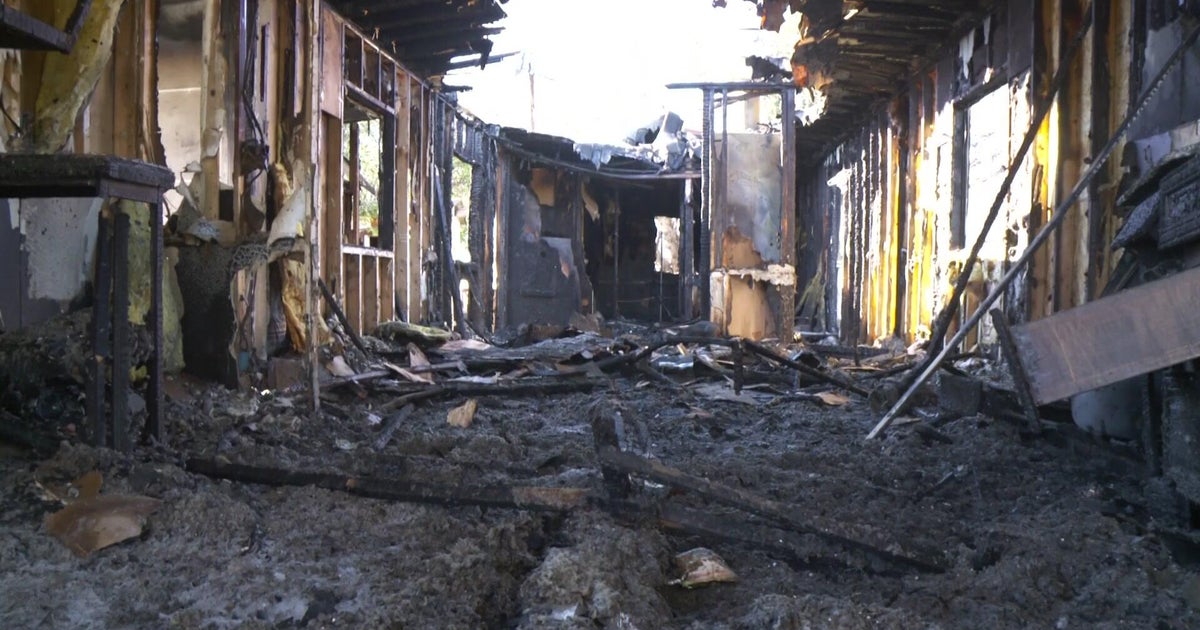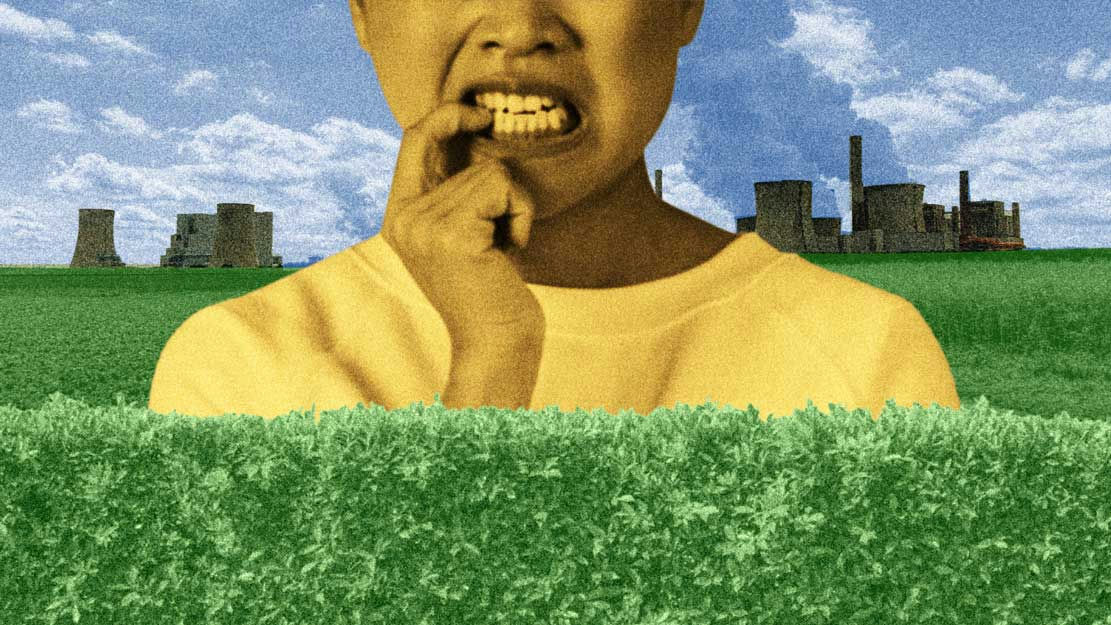Climate change made Australia's fire season more intense, study finds
By any measure, the 2019-2020 Australian bushfire season was catastrophic — burning 46 million acres, killing more than 1 billion animals and racking up an estimated price tag in the tens of billions of dollars.
It has been widely understood by the climate science community that the hotter, drier conditions linked to climate change were a driver behind the extreme fire season. Now a new study released Wednesday by a group of leading scientists confirms those suspicions: Human-caused climate change did indeed make the fires in southeast Australia worse.
"It is highly unlikely that an extreme fire season like this would have happened without human-caused climate change," the study's lead author, Geert Jan von Oldenborgh, of the Royal Netherlands Meteorological Institute, said in a phone conversation with CBS News.
Oldenborgh was one of a team of 17 climate scientists from a collaborative group called World Weather Attribution (WWA), which conducted the study. The WWA was founded in 2015 to perform forensic analyses on extreme weather events like heat waves, droughts and floods.
You can think of attribution as a sort of CSI — Climate Scene Investigation — in which scientists attempt to separate what's natural from what's human-caused in these extreme events. So far the collaboration has investigated 230 extreme events around the world, including 2019's Tropical Storm Imelda in Texas which dumped 43 inches of rain.
Commenting on the importance of climate attribution studies, co-author Dr. Friederike Otto, from Oxford University in the U.K., said, "We do not need to do an attribution study to know that climate change is happening, but to understand what climate change means where people live, we do."
Part of what attribution studies do is use specialized computer programs to model what would happen under different climate conditions.
In the computer simulations, Otto explained, "we can take these greenhouse gases out of the atmosphere of our different climate models, and so we can simulate possible weather in the world that might've been." In a hypothetical example, Otto said, "it might be that in the world today it's a 1 in 10 year event but in a world without climate change its a 1 in 100 year event. Then we can attribute this change in likelihood to climate change because that's the only thing that's different in these two worlds we look at."
To examine climate change's real-world impact, this forensic analysis involved investigating the change in probability of Australia's heat, drought and the Fire Weather Index since 1900 by looking for trends in both observations and climate computer simulations. Both methods must be blended together to draw robust conclusions about the impact of climate change.
The Fire Weather Index is based on weather conditions like temperature, wind, humidity and rainfall combined with the moisture content of vegetation, or lack thereof. This numerical index is used worldwide to estimate fire danger.
Examination of the trends in real-world observations revealed somewhat different results than the climate model portion of the study, but both point to a human fingerprint of varying degrees on the extreme bushfire behavior.
That human impact is piled on top of two naturally occurring patterns which made for abnormally hot and dry conditions in Australia. In fact, 2019 was both the hottest and driest year for Australia on record.
Here are some specific results of the study:
Observational analysis shows the 2019-2020 Australian heat wave was 10 times more likely now than in 1900 because of greenhouse warming. In addition, statistical analysis of real-world observations indicates that the probability of a Fire Weather Index as high as the 2019-20 bushfire season's was at least 4 times higher now than in 1900.
The climate model portion of the study was also revealing. Using 11 large state-of-the-art climate models, the team calculated the current and future global heating impact.
As a result of human-caused climate change, the team showed the intensity of this season's Fire Weather Index in Australia was at minimum 30% more likely than in 1900, with such an event becoming, on average, 80% more likely in the models
Von Oldenborgh stresses that the model results are likely an underestimate. "Models always underestimate the increase in chances for extreme fire risks such as Australia saw in the last few months. This means we know the effect is larger than 30% increase lower bound, which is already a significant influence of global warming."
Running those models into the future — to the point when global temperatures rise to an average of 2 degrees Celsius above pre-industrial times (a mark we may hit by 2050-60) — the chance of fire weather like this season's would be 4 times more likely than it is today.
It is worth noting that the team did not find a significant trend in dry extremes or mean precipitation in either the observational or the model analysis. Instead, most of the increase in likelihood of extreme fire weather is driven by heating. That's because more heat causes more evaporation which dries out soil and vegetation.
"It's breathtaking and heartbreaking the damage that's been done. … A tipping point is playing out right now," the world-renowned climate scientist Dr. Michael Mann, from Penn State University, said in an interview with an Australian TV network. By chance, Mann happened to be on sabbatical in Australia studying bushfires during the most intense part of this fire season.
In response to the results of the study, he told CBS News he agrees that the models are underestimating the trends. "Current-generation climate models are simply not up to the task of extreme event attribution. They are not capturing key atmospheric mechanisms behind these extremes that are almost certainly being influenced by climate change.
"People ask me, is this a new normal for Australia? It's worse than that," Mann said. "For Australia, dangerous climate change is already here. It's simply a matter of how much worse we're willing to allow it to get."







